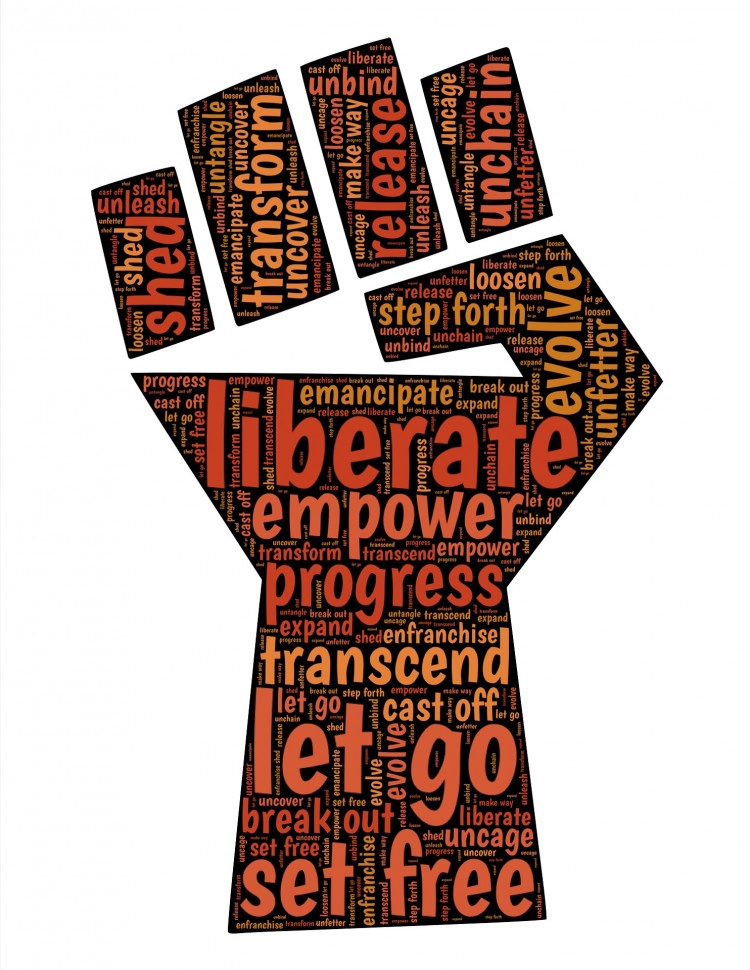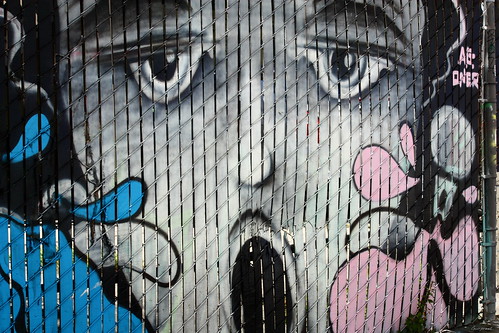My eldest daughter will soon be a teenager. While I’m very eager to see where these years will take her, I’m also slightly apprehensive about what’s coming.
Should I run for the hills? Install deadbolts on the doors? Sign up for some extra therapy sessions?
Adolescence contains the makings for a perfect storm. At a time when young people are establishing a sense of self and getting a grasp on how the world works, they also have limited freedom. There are rules. Everywhere. They have “written” and “unwritten” rules to follow at school, at home, in society at large. Navigating these rules is a large part of growing up—and many young people rebel as part of a healthy development process.
Of course, rebellions come in all shapes and sizes. When I was a teen I constantly disagreed with my parents. I sometimes defied their authority. I actively questioned and challenged rules. I objected to certain regulations of the schools I attended. I often felt I didn’t have a voice. Looking at me back then, few would have guessed I was such a rebel. I certainly didn’t make major waves; I rebelled in quiet ways. I was subtle. Some adolescents are not so subtle—either way, this inner rebel is a source of emotional connection for all adolescents and can be engaged with any subject matter to increase learning.
Culture:Subculture Photography via Compfight
Educational implications
Every topic has within it some aspect that has been the source of conflict or dispute. There are disagreements about all kinds of things. There are always different positions or perspectives provided by different people. Historical events have many interpretations. There are many small (and not so small) “revolts” against beliefs, events or activities that we can bring into focus for students. They can share with the “rebels” the voicing of an alternative view. For every problematic situation there is an ideal solution.
How dare you suggest a heliocentric model of the universe?
(Tell me Nicolaus Copernicus didn’t ruffle a few feathers with that one.) skepticalview via Compfight
skepticalview via Compfight
How dare you suggest the world isn’t flat!!?
(Thanks for taking us there mathematically Pythagorus—or so they say. No matter what, your voice stood out.) Steven Zucker via Compfight
Steven Zucker via Compfight
You likely already know what controversies, disagreements or disputes exist within the topics you teach. If not, then google it—there are many ways to tap into this “revolt and idealism” tool in Imaginative Education.
The pedagogical point is this: a sense of rebellion is a powerful cognitive tool we can engage in teaching young people. Students in the teen years can relate to people or initiatives that revolt against the norm or that seek an ideal. Seeking examples of “revolt and idealism” in your topics will engage your students’ emotions with subject matter.
SUBSCRIBE NOW
Free. No spam. Easy opt-out.
New to #imaginED?
Read all posts in the TOOLS OF IMAGINATION SERIES.
Stay tuned for a summary of the most powerful tools of engagement for those who teach in late elementary through secondary school. Coming soon from #imaginED.




